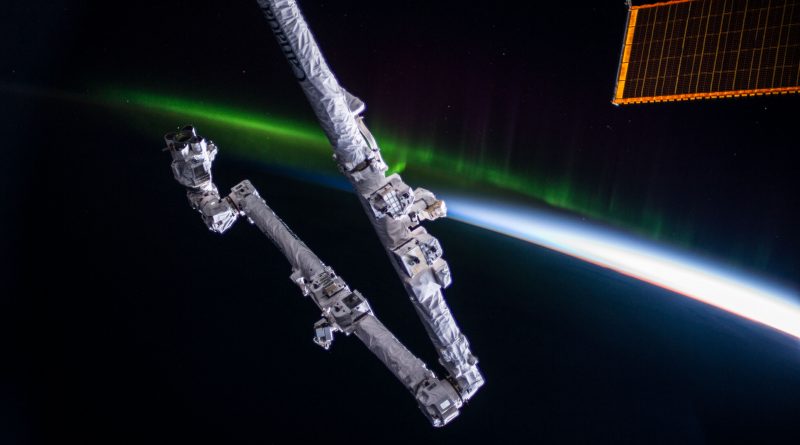ISS Spacewalk Pushed to February after Successful Troubleshooting on Canadarm2 End Effector
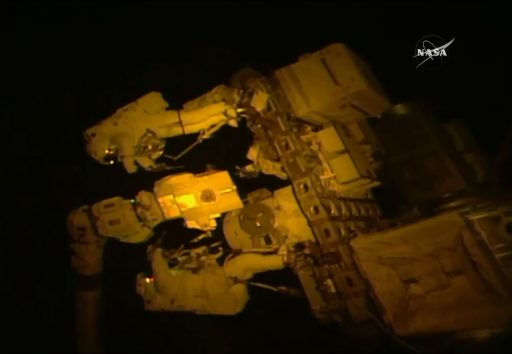
International Space Station managers decided on Sunday to postpone a scheduled spacewalk from Monday after additional diagnostics performed on the Station’s Canadarm2 robotic arm showed a connectivity problem on the primary command string of the newly-installed Latching End Effector could be solved through software. U.S. EVA-48 is now looking at a tentative date of mid-February and will likely accomplish its original objective.
Robotics specialists at the Canadian Space Agency and NASA’s Johnson Space Center had quite an eventful week after Tuesday’s seven-hour and 24-minute spacewalk by Expedition 54 crew members Mark Vande Hei and Scott Tingle. While U.S. EVA-47 accomplished the primary objective of replacing the degraded Latching End Effector B on Canadarm2 with a spare, teams were facing a potentially serious problem when the newly installed LEE-B was not communicating with the rest of Canadarm2 on its primary command string.
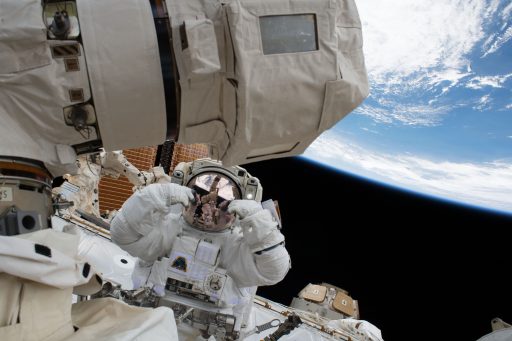
The spacewalkers completed a cycle of the LEE’s Mate/Demate Mechanism to disconnect and then re-seat electrical and data connectors within the interface between the LEE and the arm’s wrist joint, but to no avail – LEE #204 was only communicating on its secondary command path. Because of the advanced stage of the EVA, Vande Hei and Tingle were instructed to finish the installation of the end effector via final torquing of bolts and re-attachment of insulation blankets while teams on the ground began troubleshooting the connectivity problem.
On January 24, the Robotics Workstation was power-cycled and tests of the newly installed LEE-B showed it was in good condition from a hardware point of view, being able to exercise all its moving parts with good feedback from the plethora of sensors installed on the LEE to give it a force-sensing capability. However, the communications problem on the primary string persisted which was a concern since redundancy within the arm’s data system is considered essential for safe robotics operations outside the Station.
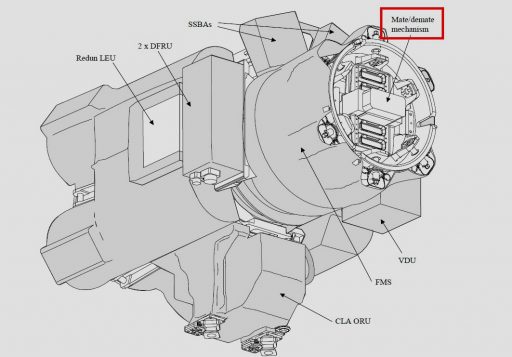
More invasive troubleshooting on Thursday reverted the Station’s Mobile Servicing System Flight Software to a previous version to rule out a compatibility issue with the firmware running on the LEE Electronics Unit as the spare LEE had been stowed outside ISS since 2009 when it arrived on Express Logistics Carrier 1.
When troubleshooting efforts showed no progress on the LEE, ISS Mission Managers and EVA specialists went into re-planning of the scheduled spacewalk on Monday that was originally planned to take the removed LEE-B (#201) and use it to replace the former LEE-A (#202) on the POA (Payload/Orbital Replacement Unit Accommodations). In the revised scenario, spacewalkers Vande Hei and Kanai would have removed LEE #204 and installed #201 back in its old place as LEE-B because the loss of redundant communications was deemed a more severe risk than continuing to use the degraded LEE which had exhibited wear and tear on its snares over the last several years.
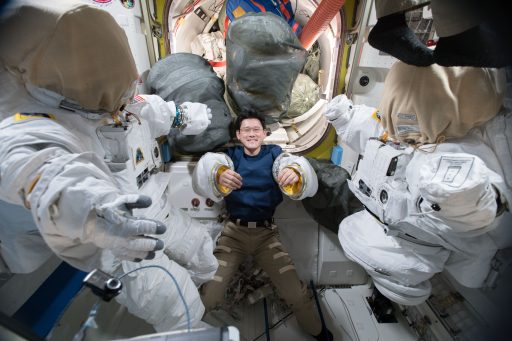
While EVA re-planning efforts were underway Friday and Saturday, teams at the Canadian Space Agency continued work on software patches that would allow for additional insight into the issue with the primary command path. The team had their Eureka Moment Saturday night when testing of their software patch showed connectivity on the primary string could be recovered.
The “robotics specialist team wrote and tested a diagnostics software patch that confirmed that an anomaly noted in the end effector installed during last Tuesday’s spacewalk can be corrected through new software,” the Canadian Space Agency said in a statement on Sunday. “Solutions will be implemented and so there is no longer a need for a spacewalk at this time.”
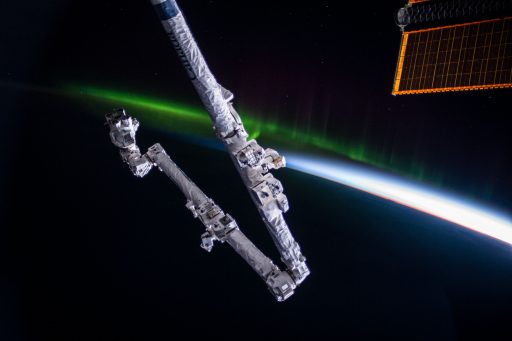
Consequently, U.S. EVA-48 is now looking at a tentative date of mid-February (before the departure of Soyuz MS-06 on the 27th). Pending successful recovery of the primary command path and loaded testing of the new LEE-B, the spacewalk will move back to its original task list of shuffling the two removed LEEs so that the one in worse condition returns to the ground.
In the current situation, Canadarm2 has LEE #203 in the LEE-A position, considered a nearly pristine spare from a mechanical view since it was only used 14 times during its first 15 years on ISS when acting as the POA LEE. Duties of LEE-B are now handled by LEE #204 which was delivered by the Space Shuttle in 2009 – giving Canadarm two fully functional hands expected to last for at least ten years. The POA, currently occupied by the former LEE-A is unavailable for holding powered payloads since LEE #202 has functioning snares but non-functional latches that are needed for forming a power/data bridge between the LEE and whatever it is holding.
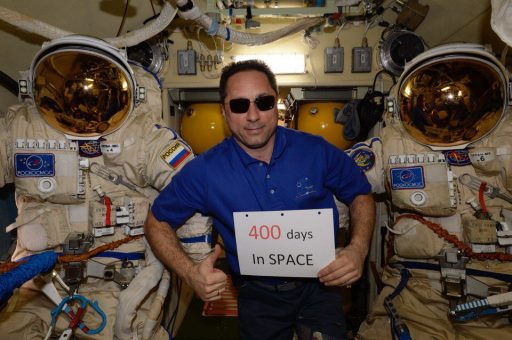
LEE 201, the former LEE-B, is currently sitting on a support ring on External Stowage Platform 2 and has degraded, but functional snares and good latches – making it a good candidate for the POA since it would only see a few actuations per year. Therefore, EVA-48 will have the objective of removing LEE 202 from the POA and install 201 in its place, returning the POA to service for use later this year on the HTV-7 mission while LEE 202 can be brought inside ISS for return on an upcoming SpaceX Dragon mission to undergo inspections and refurbishment on the ground. Another spare LEE will be delivered to ISS on the SpX-15 mission in the June time frame to ensure a future LEE failure can be dealt with using hardware already onboard ISS.
While Monday’s USOS spacewalk has been postponed, EVA preparations are continuing on the Russian ISS Segment for a February 2 excursion by Aleksandr Misurkin and Anton Shkaplerov with the main objective of installing a new high gain antenna on the ISS Service Module.

